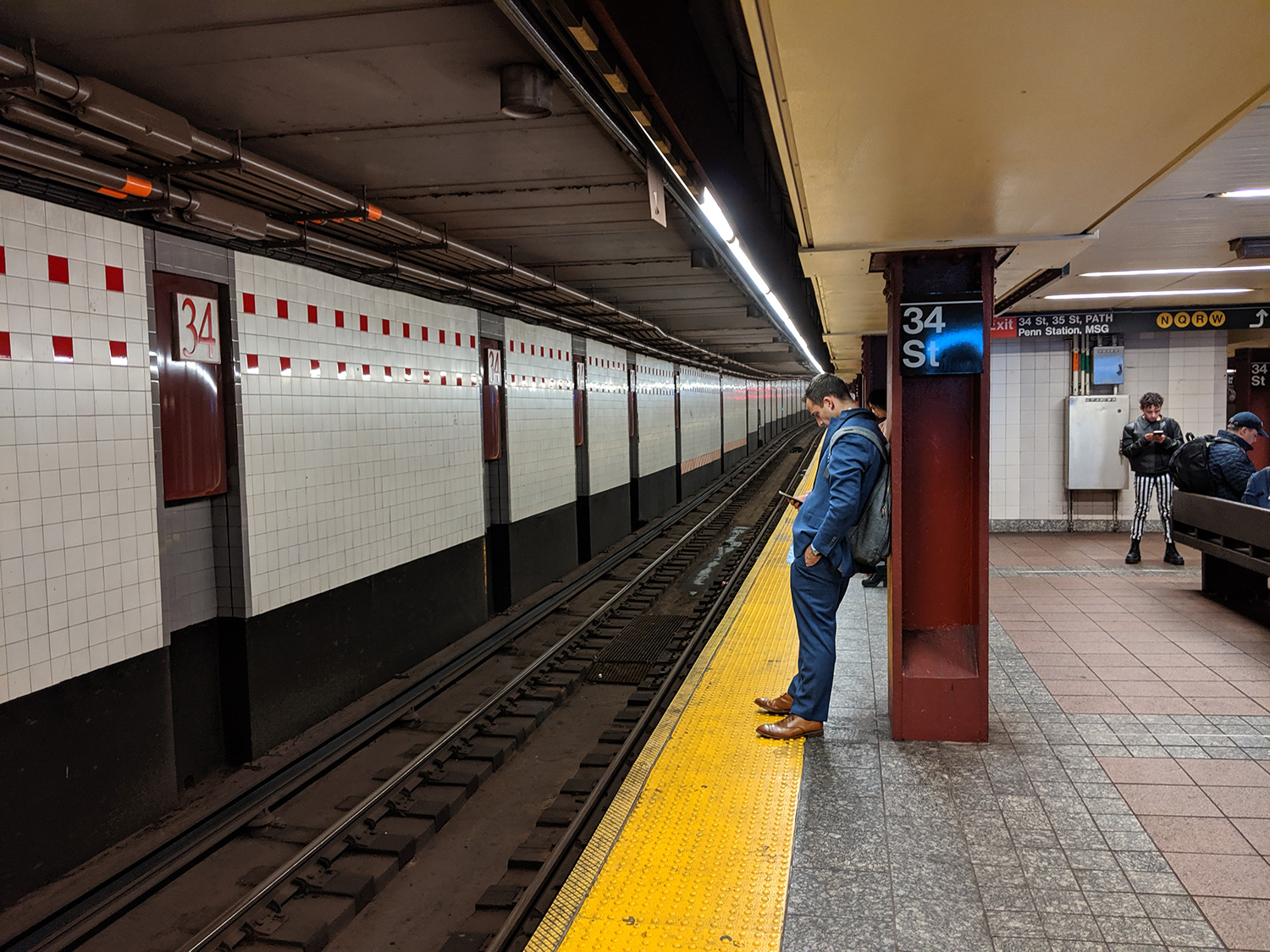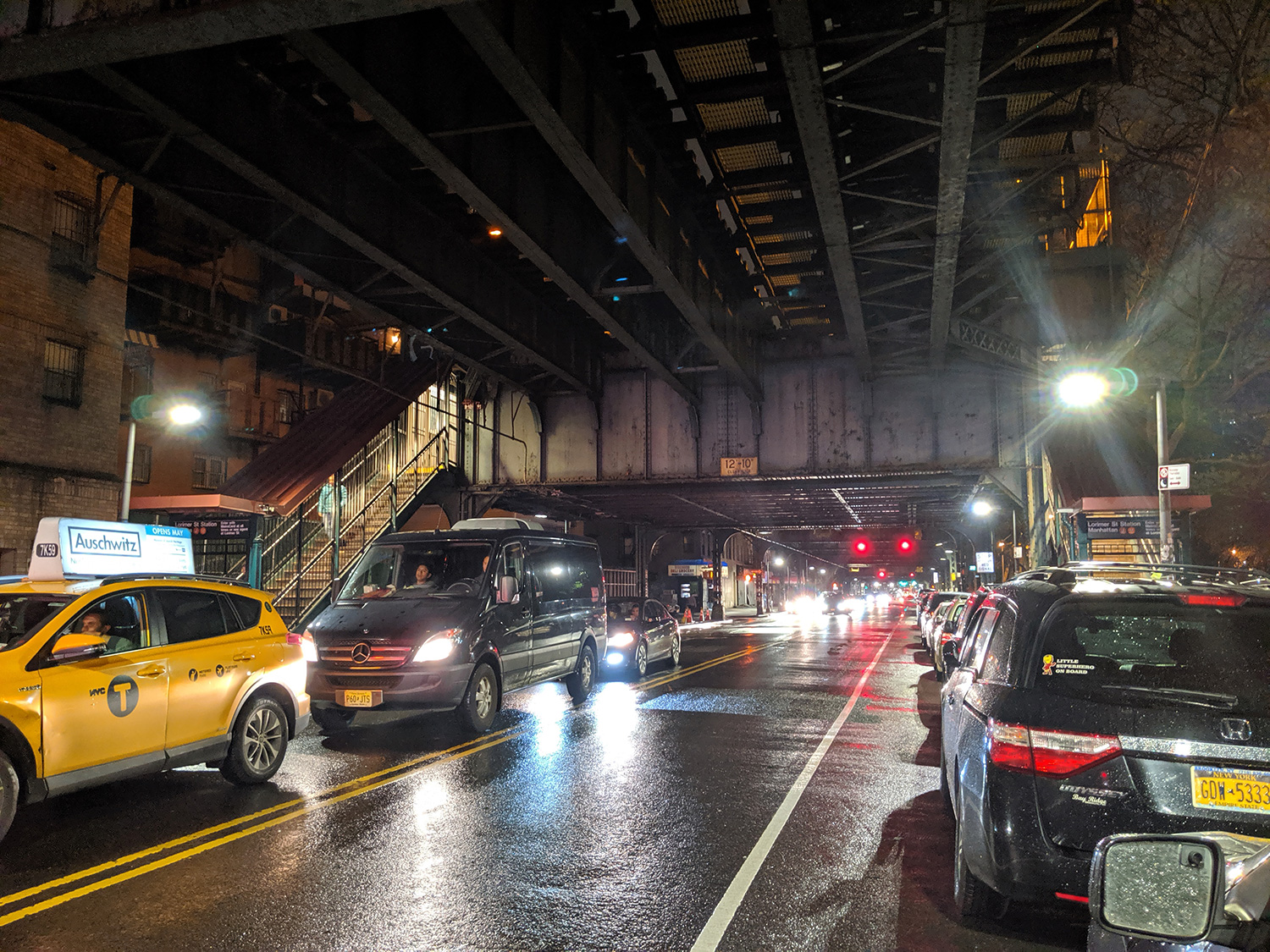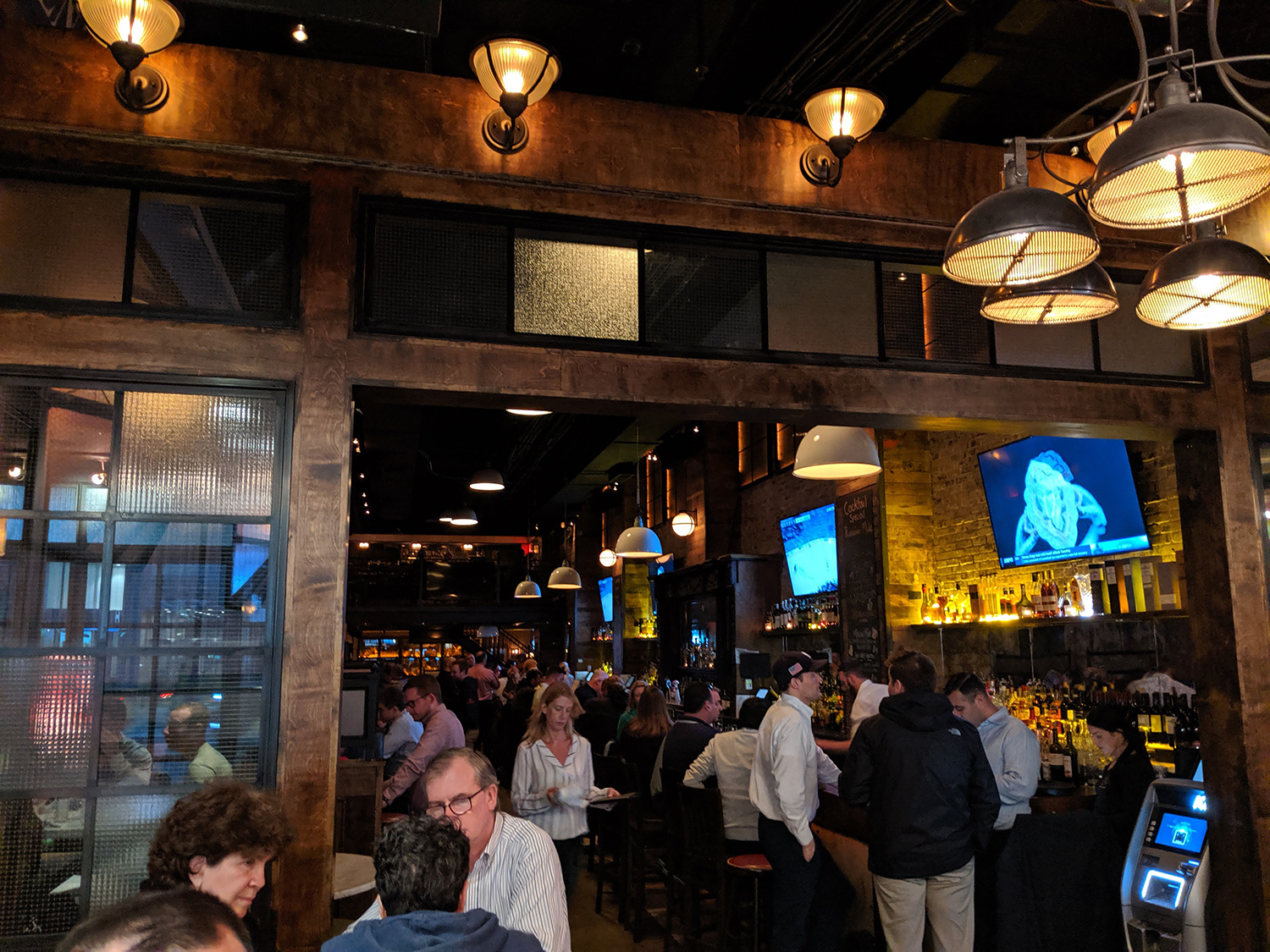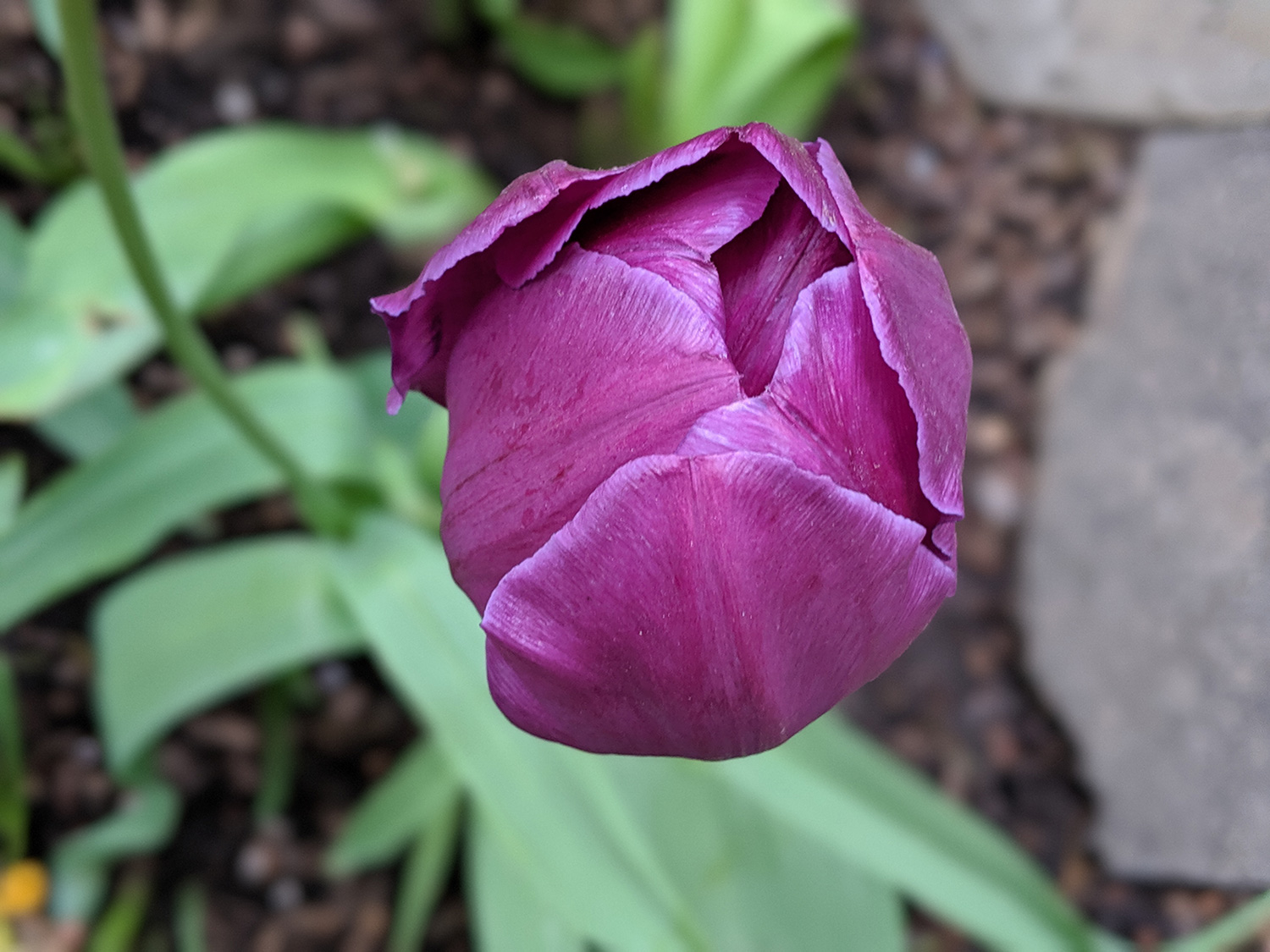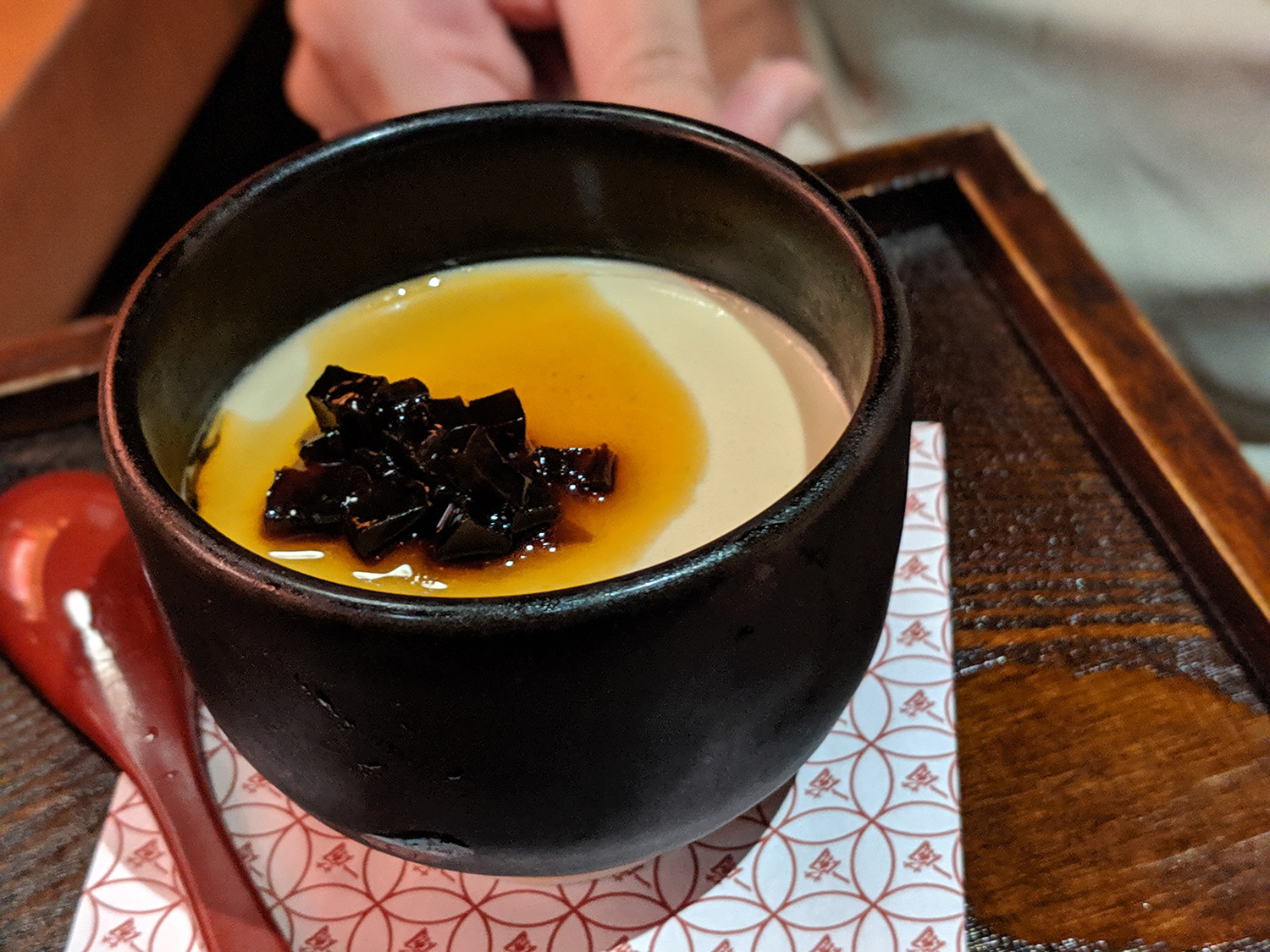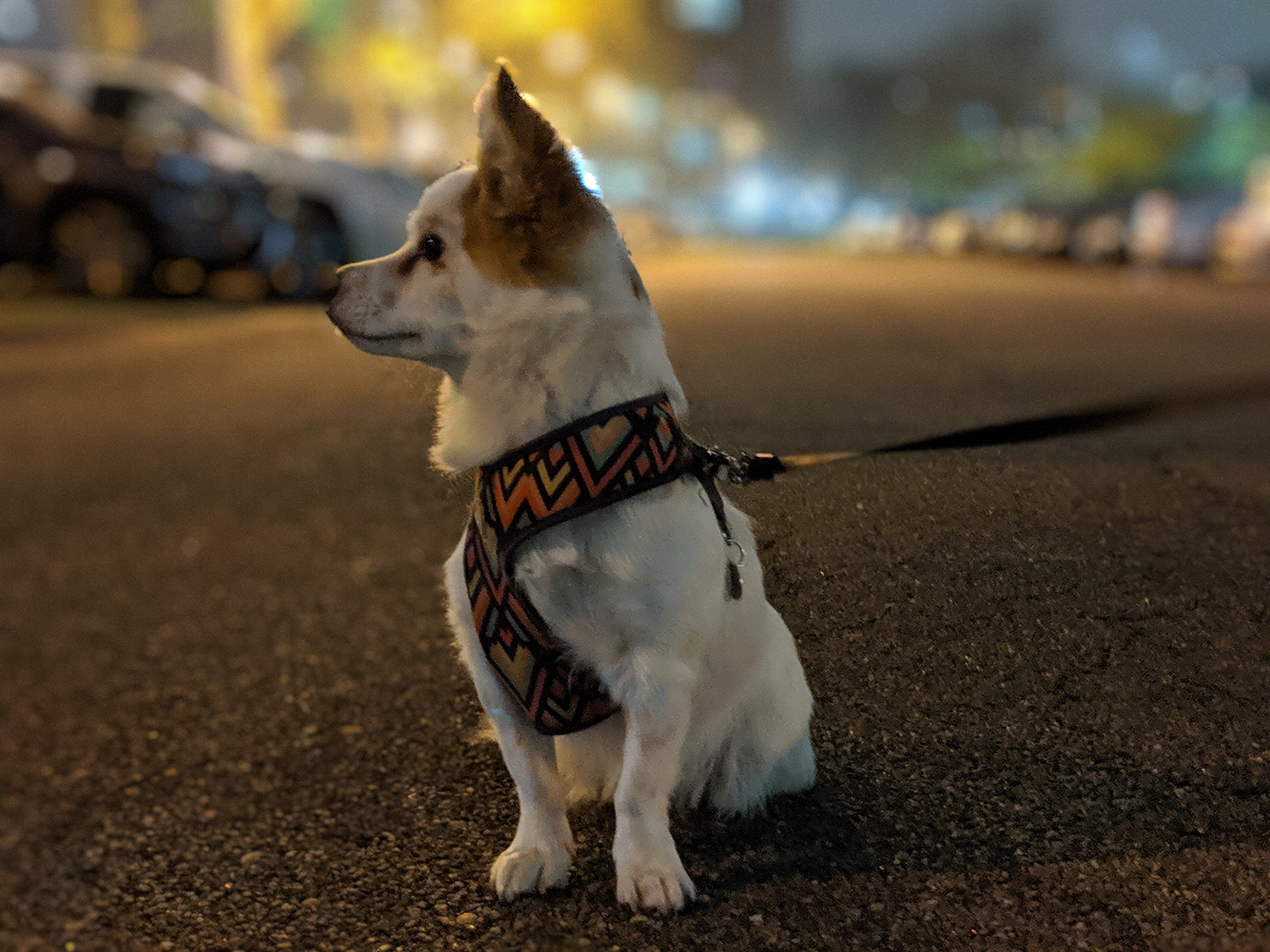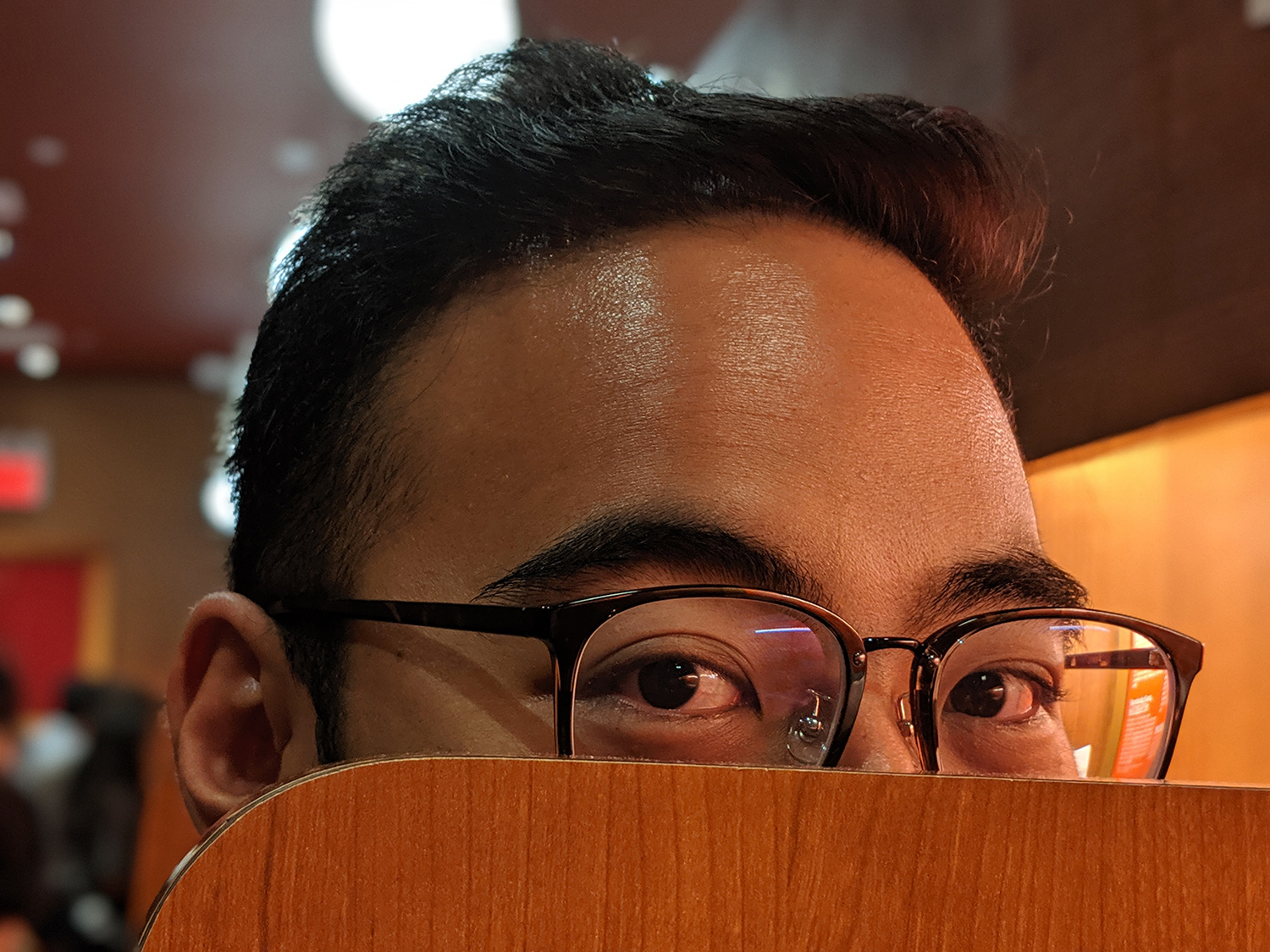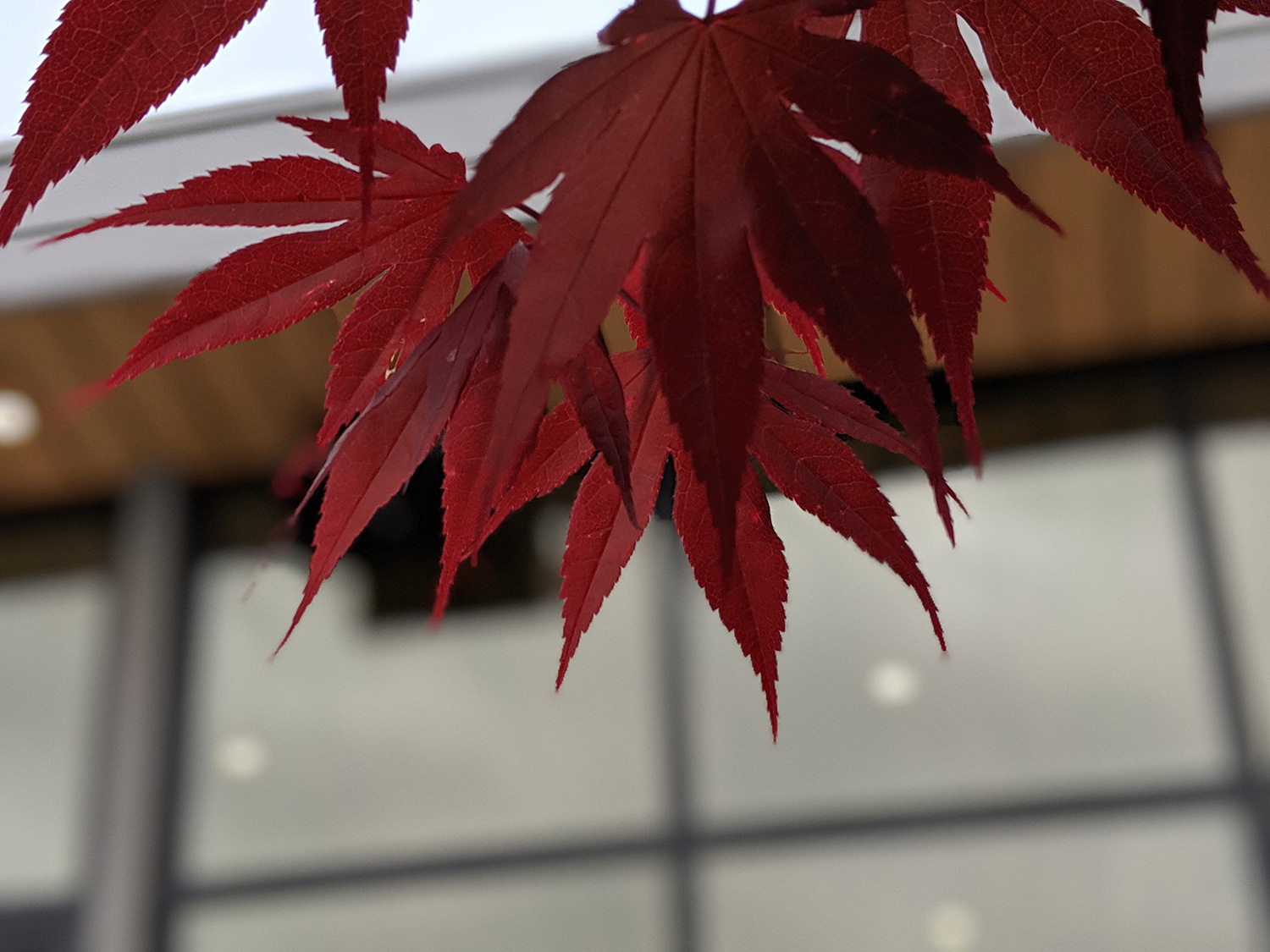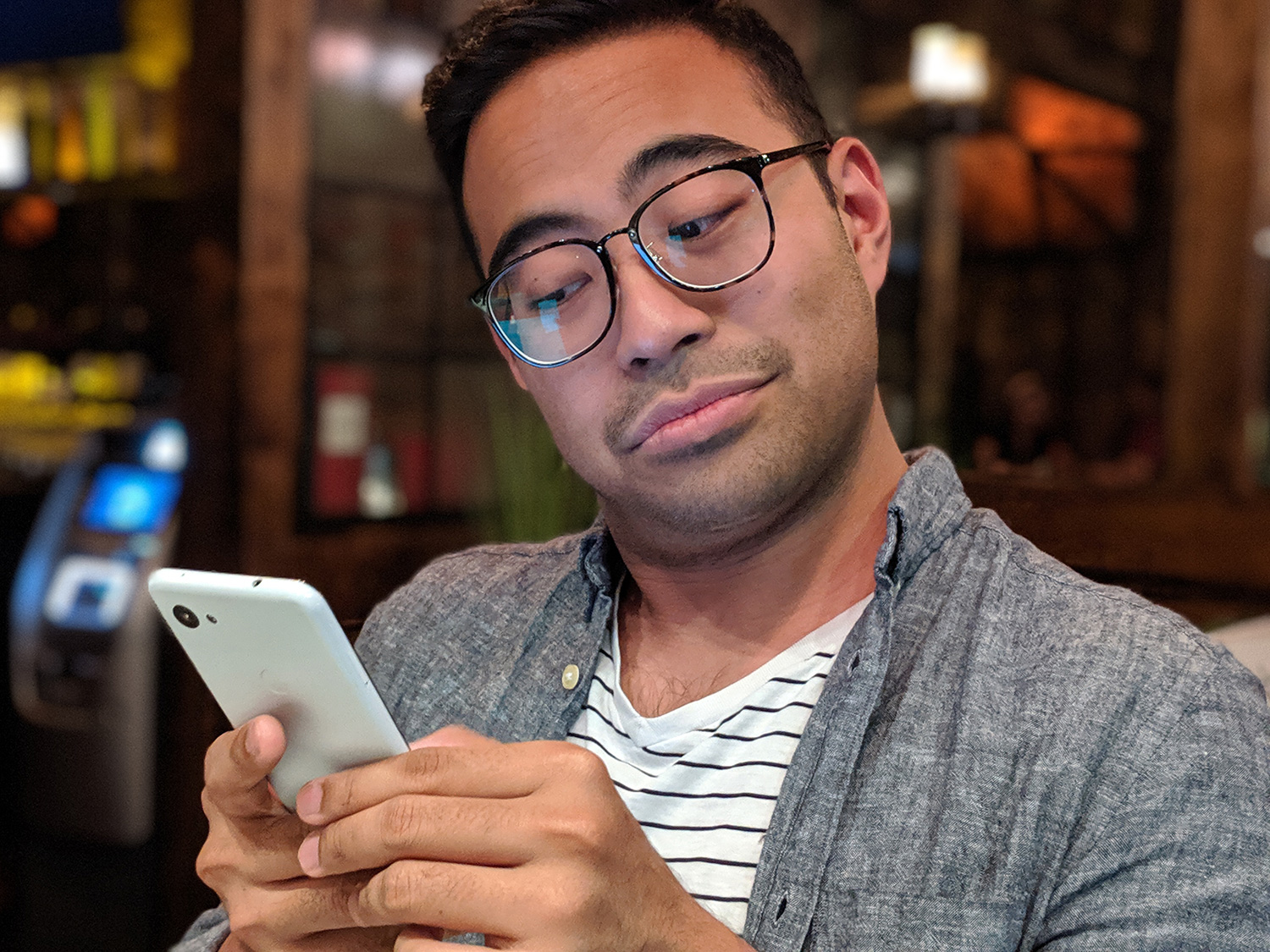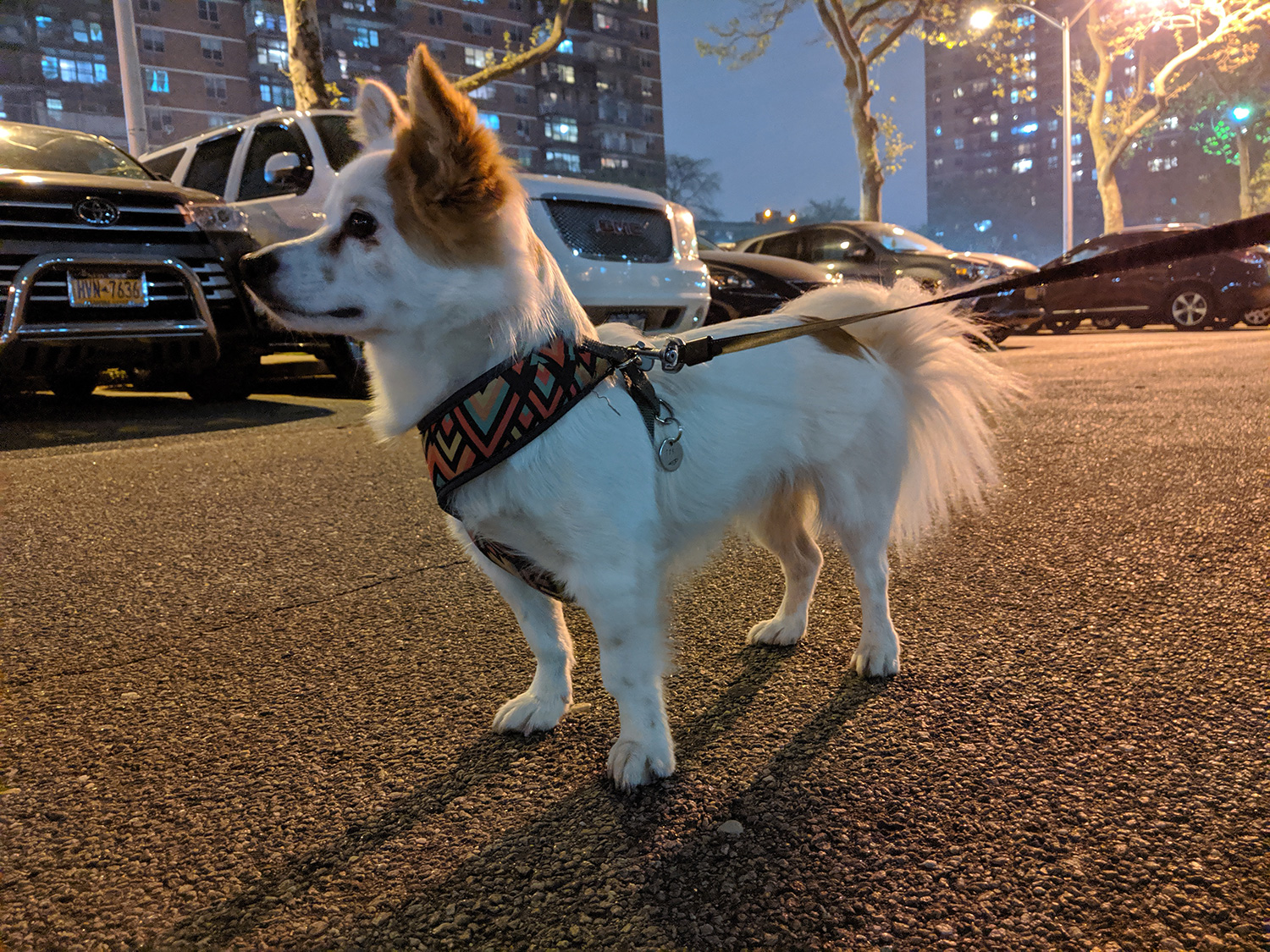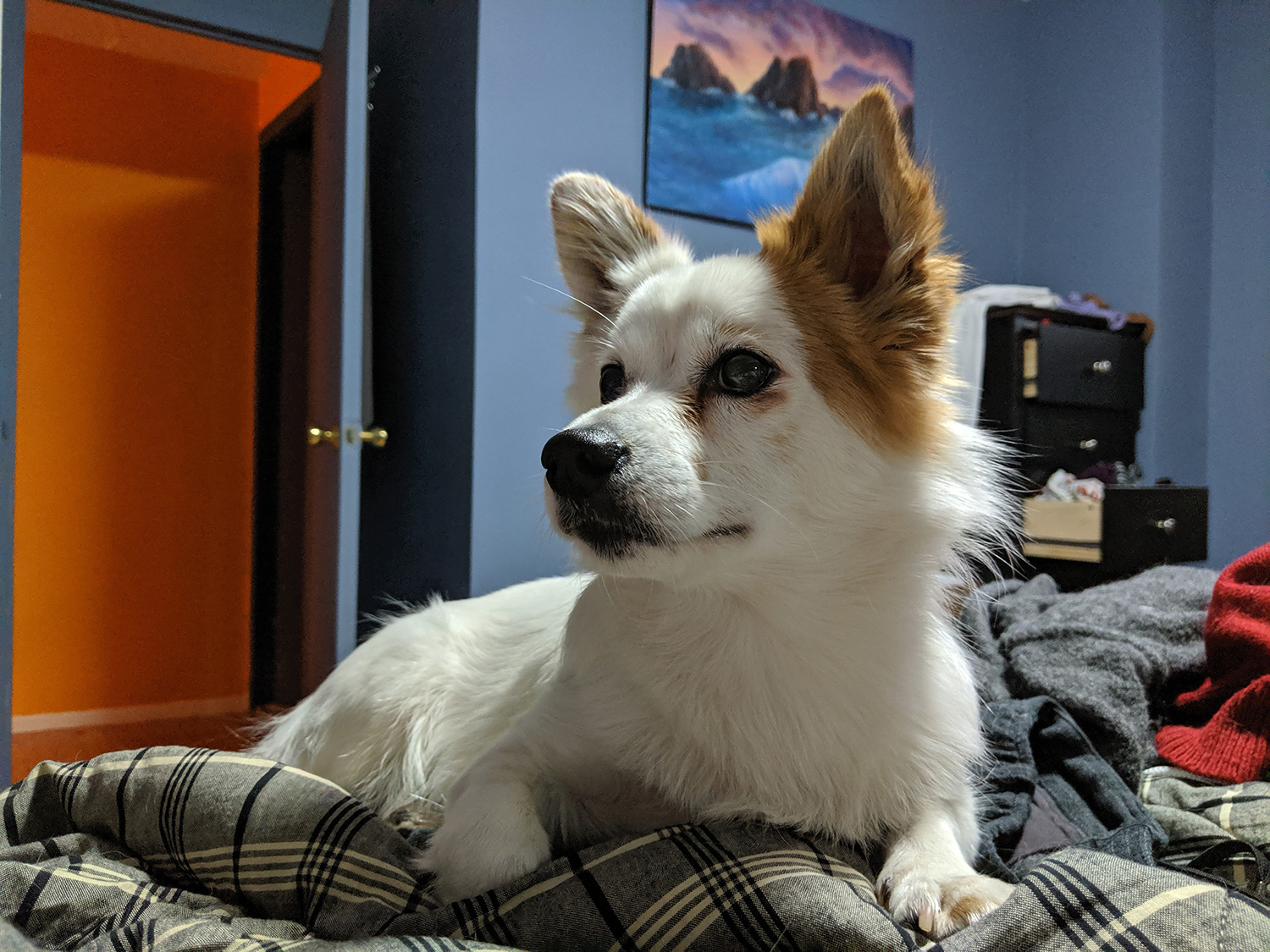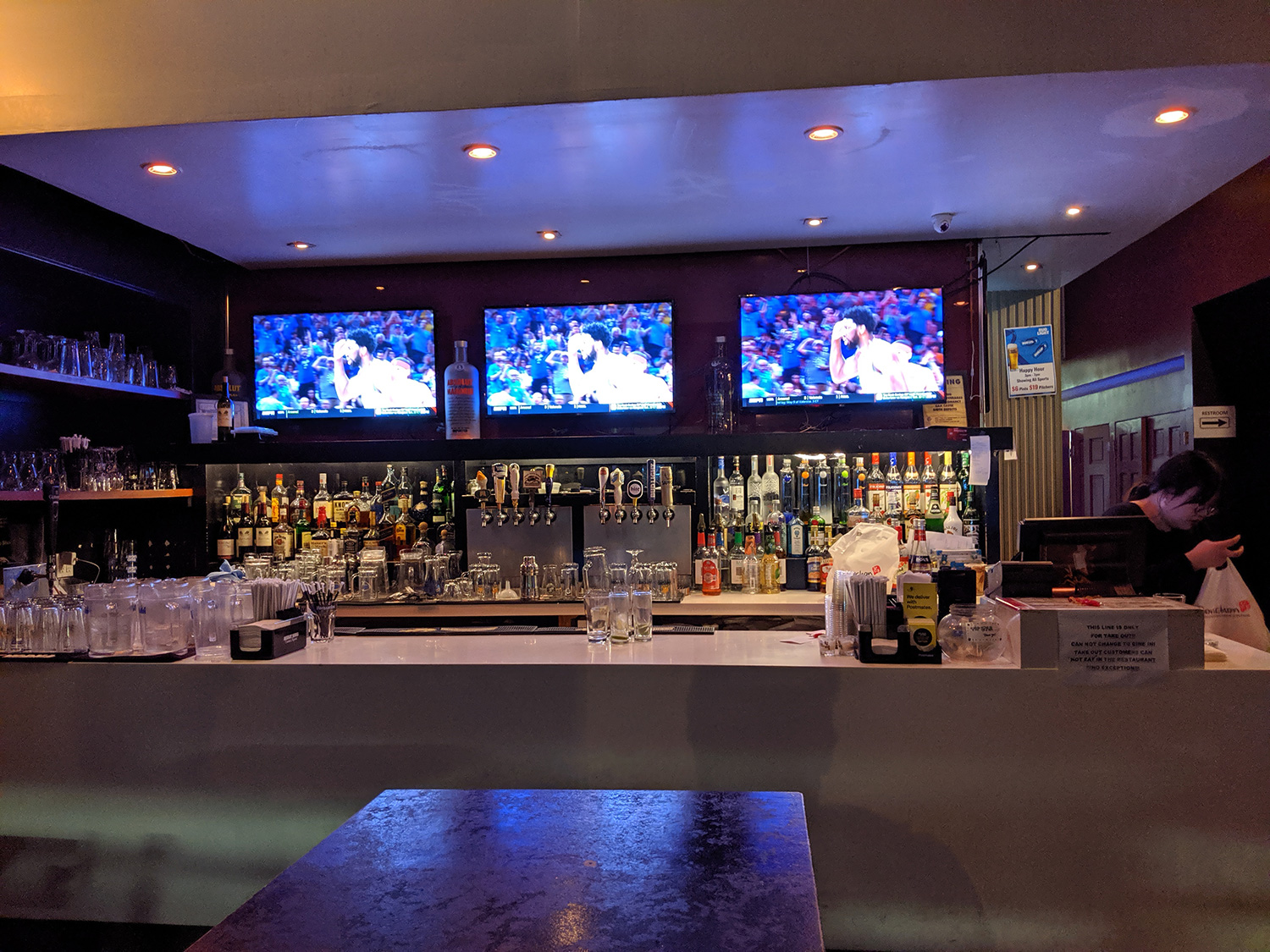“The best smartphone camera is now affordable with the Pixel 3a, and you get better battery life too.”
- Smart and helpful software, speedy updates
- Great performance
- Fantastic camera
- Relatively affordable pricing
- Good battery life
- Thick bezels
- Build quality feels a little cheap
Google has released the Pixel 4 and Pixel 4 XL. That’s the latest and greatest from the Pixel team. Of course, you’ll have to pay more for them.
Mid-range to budget phones have come a long way in just a few years. We’ve seen major performance boosts, batteries that can outlast the ones in flagships, and simplified software experiences. While there have been tremendous improvements to the camera, phones under $500 often still fall short of satisfying in this department, especially in low-light environments. It’s a flaw we’ve brought up in almost every budget to midrange phone review we’ve done.
Enter the Pixel 3a and Pixel 3a XL from Google. Pixel phones are renowned for their excellent cameras, and now you don’t need to spend an arm and a leg to get one. You get the same rear camera as the Pixel 3 and Pixel 3 XL, not to mention the same software experience, for just $399 and $479, respectively. The camera puts the Pixel 3a’s competition to shame, but it’s not the only reason to buy it. With great performance and long battery life, this smartphone is close to pixel perfect.
Same design, different materials
The Pixel line’s design has often split opinion. Some suggest it’s too dull — even ugly — and it’s impossible to deny that Google doesn’t offer the most contemporary-looking phones. When everyone else in the industry continues to shave bezels around the screen and introduce hole-punch camera displays, Google sticks to dated and thick edges around the display. When it does try to modernize, you end up with something like the Pixel 3 XL, with its controversial and ugly notch.
- 1. Pixel 3a XL
- 2. Pixel 3a
- 3. Pixel 3a XL
- 4. Pixel 3a and Pixel 3a XL
You don’t need to worry about notches on the Pixel 3a or 3a XL, but thick bezels are still present. It’s reminiscent of the Pixel 2 series, though the body of the phones are almost the same size as the Pixel 3 and 3 XL. The front of the Pixel 3a doesn’t spark any wonder, unlike when I look at phones like the Samsung Galaxy S10e or the OnePlus 6T, which have futuristic screens.
It’s a different story on the back. It’s almost a replica of the Pixel 3, but while the more expensive phones use glass, the Pixel 3a line employs a mix of glass and polycarbonate. The rear doesn’t attract fingerprints, but the lightweight nature of the materials makes the phone feel a bit cheap. Nevertheless, I like the rear design of Google’s Pixel phones, though I may be in the minority; it looks minimal and clean.
With great performance and long battery life, it’s close to pixel perfect.
The Pixel 3a is my pick between the two, as it’s so compact and easy to hold. I have no problems reaching all parts of the screen with one hand. The Pixel 3a XL is manageable, though I have large hands. While I like the extra screen real estate, I do wish the phone was a little narrower to make it more comfortable to hold.
What else is different? There’s a new color option — “purple-ish.” It replaces the “not pink” color of the Pixel 3 series, though I do think Google could have added just a bit more purple here, as it often just looks white (the phone also comes in black and white). The power button sports a neon yellow color paired with purple-ish, which is neat.
Gone is the second front-facing speaker. You still get two stereo speakers — the one that used to be on the bottom bezel is now a bottom-firing speaker. Audio still sounds good, but it just doesn’t sound as loud since one speaker is blasting music away from you. Just make sure you don’t cover the bottom speaker and you’ll get an enjoyable experience.

Surprisingly, the headphone jack makes a return after vanishing starting with the Pixel 2. I’m not complaining, but it’s odd to see the cheaper Pixel offering more options for people than its more expensive counterparts. Unlike the Pixel 3 or 3 XL, you don’t get any earbuds in the box.
Cheaper build materials mean a lightweight phone, one that doesn’t feel as substantial as some other phones that are priced similarly, like the Nokia 7.1. This is the Pixel 3a’s biggest flaw, but for me it’s one that’s very easy to ignore once you see everything else the phone offers for its price.
OLED displays
The Pixel 3a has a 5.6-inch screen, which is just a hair bigger than the 5.5-inch screen on the Pixel 3. The Pixel 3a XL’s 6-inch screen, however, is a little smaller than the 6.3-inch Pixel 3 XL’s. The screens are protected by Asahi’s Dragontrail glass, instead of Corning’s Gorilla Glass. It’s unclear if the quality isn’t as good, but it may have just been a cheaper alternative.

The underlying screen technology is also different. Samsung’s Super AMOLED screens are no longer in use — Google is instead using a “gOLED” panel. The Pixel 3a has a 2,220 x 1,080 resolution, and the Pixel 3a XL has a similar 2,160 x 1,080 resolution. Both screens look sharp, are easy to see in broad daylight, and offer deep blacks, but I did notice colors are more saturated than the Pixel 3’s screen. There’s also no support for HDR10.
Watching Netflix’s Our Planet, which supports HDR, the Pixel 3 offers more true-to-life colors. The Pixel 3a’s screen was unnaturally saturated but changing the display settings from the default “Adaptive” to “Natural” fixed this for me (though you may prefer the more saturated look). Either way, the screen here does not disappoint.
Fantastic performance
When I heard the processor inside the Pixel 3a and 3a XL is the Qualcomm Snapdragon 670, I was a little wary. My experience with Qualcomm’s 600-series chipsets have largely been positive — the BlackBerry Key2’s Snapdragon 660 and the Moto G7’s Snapdragon 632 all performed admirably — but more strenuous tasks and high-end gaming often saw a few stutters.
I am consistently impressed at how well the Pixel 3a and 3a XL perform.
This is not the case with the Pixel 3a and 3a XL. I’ve only seen a few stutters when scrolling quickly on Twitter, but that may simply be down to posts loading slowly due to the internet connection. App load times are perhaps a tad longer, as are image processing times, but performance has otherwise been fluid and fantastic.
Upon launching PUBG: Mobile, the game suggested I use the “High” graphical settings option — usually it defaults to “Medium” or “Low” for 600-series or lower chipsets. Gameplay is smooth and the graphics looked great. I am consistently impressed at how well the Pixel 3a and 3a XL perform and had zero worries about using it on days when I knew I would task the phone with a lot of work.
Here are a few benchmark results:
- AnTuTu 3DBench: 157,902
- Geekbench 4 CPU: 1,598 single-core; 5,150 multicore
- 3DMark Sling Shot Extreme: 1,543 (Vulkan)
These scores are a good deal lower than phones using the latest Snapdragon 855 processor, such as the Galaxy S10, as well as the Snapdragon 845 chipset in the Pixel 3 series. However, it surprisingly beat out the Google Pixel 2 and 2 XL, which scored 146,876 and 110,949 on AnTuTu, respectively.
There may be a few graphically-intensive games that could give the Pixel 3a and 3a XL pause, but so far, my experience has been pleasantly smooth.
Smart software, and promised updates
Pixel phones mean fast updates; Google manages the Android operating system, and so Android updates arrive immediately on the Pixel series. The company promises at least three years of security and software updates, which mean there’s a good length of support for the phone.
The Pixel 3a and Pixel 3a XL run Android 9 Pie, but they will get the Android Q update when it releases in August. It’s important to remember that most phones under $500 simply don’t receive more than one Android version update, short of Android One phones such as the Nokia 7.1.
The software interface is otherwise simple, easy to use, and uncluttered. It’s smart, too. My favorite feature is Now Playing — it’s where the phone uses on-device machine learning to detect what song is playing in your surroundings, and gently lets you know what is on the Always-on Display. Then there’s Flip to Shhh, which lets you flip the phone upside down on a desk to mute it. You can also squeeze the phone to activate Google Assistant.
There’s also Call Screen, which is another one of my favorite Pixel features. It lets you screen a call with the help of Google Assistant, so you don’t need to waste time answering pesky robocalls.

The Pixel 3a and 3a XL add a new feature to the list — Google Maps AR mode — which is now also available on other Pixel phones. It’s a way to find which direction you need to head toward when using augmented reality, through a special mode in the Google Maps app. It works quite well and is perfect for people who find themselves getting turned around in big cities.
Class-leading camera
If everything sounds good so far, then the camera will seal the deal. The Pixel 3a and 3a XL have the same exact rear camera as the Pixel 3. That means it’s a 12.2-megapixel lens with an f/1.8 aperture – it also boasts the same Sony IMX363 image sensor. There’s optical image stabilization and electronic image stabilization, as well as fused video stabilization to ensure videos are smooth.
What’s missing? The Pixel Visual Core chip. It helps with image processing and handling many camera-related machine learning tasks on the Pixel 3, but Google engineers have worked hard to reengineer many of these capabilities to work with the Snapdragon 670. It’s impressive, though it does mean image processing times are a little slower on the Pixel 3a.
- 1. Pixel 3a XL
- 2. Pixel 3 XL
There’s a reason why the Pixel 3 is our favorite smartphone camera. It snaps photos quickly, the images it captures are incredibly well-detailed with mostly accurate colors, and there’s strong HDR. All of this applies to the Pixel 3a phones — the images are very similar across the board, if not almost the same. For under $500, you cannot get a better camera experience than this.
While the Pixel 3a also holds its own in low light, Google’s Night Sight feature is available for ultra-dark situations. It captures multiple frames and combines them together for a more detailed photo, and also uses artificial intelligence to add appropriate colors. Then there’s Super Res Zoom, which means you can zoom in and still get a decent-quality image thanks to the A.I. digitally enhancing it. Optical zoom would have been nicer, but the Pixel 3a fares well enough without it.

The feature I use the most on Google’s Pixel phones is Portrait Mode. No matter what lighting you’re in, the camera will do a solid, if not exceptional, job at accurately outlining the subject and adding a blur effect to the background. I have noticed, however, that Portrait Mode on the Pixel 3a crops in more than the Pixel 3, resulting in a tad more of a pixelated photo, which is more visible in low light. It’s not perfect, but when it works, photos look good.
The front-facing camera is where things diverge. It’s still an 8-megapixel lens, but it has an f/2.0 aperture with a fixed focus. The field of view, however, is 84 degrees; it sits in between the field of view you get between the two front cameras on the more expensive Pixel 3 (75 and 97-degree field of view). Selfies are similarly detailed, but images can look a little muddy in low light due to the f/2.0 aperture.
- 1. Pixel 3a XL
- 2. Pixel 3 XL
- 3. Pixel 3 XL wide-angle
Videos I captured are really smooth, and the camera can capture 4K content up to 30 frames per second. It would have been nice to see 60fps, like OnePlus phones can do, but now we’re just nitpicking.
There is one new video feature that will also make its way to other Pixel phones: Time lapse. You have several speeds to choose from, and it delivers a cool video effect, though it works best with a tripod. It’s a staple feature on most smartphones, so it’s confusing as to why it took Google so long to add it.
If the camera is the most important feature of a phone for you, but you also want to keep your budget low, then the Pixel 3a is the perfect phone for you.
Good battery life
Perhaps what confused me the most as I used the Pixel 3a and 3a XL is why Google packed in bigger batteries than its flagship model. The Pixel 3a has a 3,000mAh battery, whereas the Pixel 3 has a 2,915mAh capacity. The Pixel 3a XL has a 3,700mAh battery, but the Pixel 3 only packs 3,430mAh. The newer phones are slightly thicker, and while the differences may sound small, it makes an impact. In our Pixel 3 and Pixel 3 XL reviews, we complained about the mediocre battery life on the two flagship phones. With the Pixel 3a series, battery life is hardly a concern.
I frequently arrived home with around 40 percent left by 7 p.m., after medium use. On a night where I stayed out until 11:30 p.m., the Pixel 3a XL still had 25 percent left by the time I arrived home. The Pixel 3a, with its smaller battery, has less to power, but it manages to offer a similar length of juice. The Pixel 3a XL hands down lasts longer, though.
In our battery test, where we play a 1,080p YouTube video over Wi-Fi on maximum brightness, the Pixel 3a XL lasted an impressive 10 hours and 45 minutes. That comes very close to the Samsung Galaxy S10, which lasted 10 hours and 50 minutes. The smaller Pixel 3a wasn’t far off, lasting 9 hours and 12 minutes. The batteries on these phones will last you a full day. Hopefully, Google has learned its lesson and will include similarly large batteries on the upcoming Pixel 4.
The one feature I miss from the Pixel 3 series is wireless charging. If you haven’t embraced the wireless charging lifestyle, then this won’t really be a problem for you, but I have wireless chargers all around my house, and going back to plugging in isn’t fun. Thankfully, the phone charges quite quickly as Google has added an 18W USB-C to USB-C charger in the box. The Pixel 3a XL reached 53 percent in just 20 minutes (from 15 percent), and in total took an hour and a half to get to 100 percent.
Price, availability, and warranty information
The Google Pixel 3a costs $399, and the Pixel 3a XL is priced at $479. It’s available now from Google’s Store, but you’ll be happy to know that Google is finally ending its exclusivity with Verizon. The Pixel 3a series is now sold through T-Mobile, Sprint, and U.S. Cellular, along with Verizon. It will work on AT&T’s network, but the carrier isn’t selling the phones.
If you’re hoping to find more discounts on the Google Pixel phones, check out the best Google Pixel deals and other smartphone deals available now.
Google offers a standard one-year warranty for its phones, which protects from manufacturer defects.
Our Take
The Pixel 3a and Pixel 3a XL are exceptional phones with a relatively affordable price tag, and the camera blows away the competition. The promise of three years of software updates are a cherry on top.
Between the Pixel 3a and the Pixel 3a XL, the phone you should buy largely depends on whether you want a bigger screen or a smaller phone. Battery life is comparable, though the Pixel 3a XL will last slightly longer. I like the $399 price point, which is why I think the smaller Pixel 3a is better value.
Is there a better alternative?
For the price, there’s only one other phone you should consider: The OnePlus 6T. It costs $549, but that price may drop as the OnePlus 7 and OnePlus 7 Pro arrive soon (or maybe go for the newer OnePlus phones). You will get even better performance and more durable build materials, but I’ve often found the camera lacking compared to flagship phones. Check out the head-to-head comparison of the OnePlus Nord vs. the Pixel 3a XL.
The Nokia 7.1 is worth considering at $350, but the Pixel 3a’s camera is superior, as is performance and battery life, so you may as well spend $50 more. If you don’t want to spend as much, then go for the Moto G7, which costs $300, or the Moto G7 Power at $250. You’ll get good performance and exceptional battery life on the Power, though camera quality won’t satisfy. Check out our best cheap phones guide for more.
How long will it last?
The Pixel 3a and Pixel 3a XL have polycarbonate backs, but there’s still plenty of glass that can shatter. A case is recommended to keep it protected. There’s also no IP rating, but Google says the phones are splash- and dust-resistant — you’ll still want to keep them away from the pool, however.
You’ll get three years of software and security updates, so expect the phone to last just as long, if not four years at most. The battery will start to degrade a little before then.
Should you buy it?
Absolutely. For $400, there’s no better phone than the Pixel 3a.






